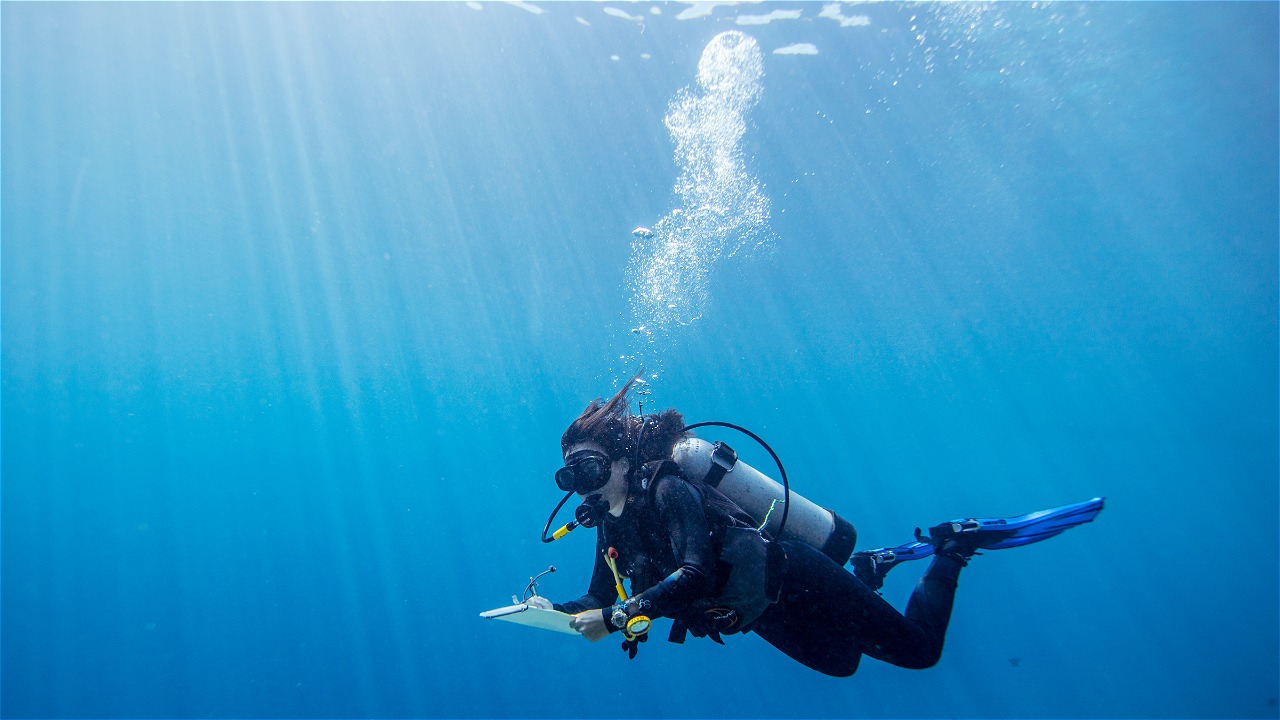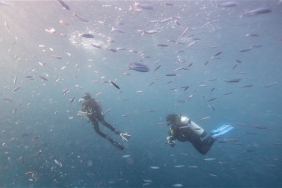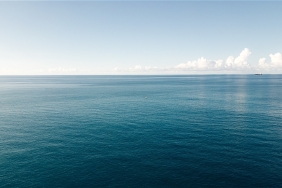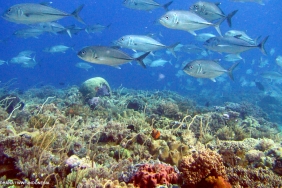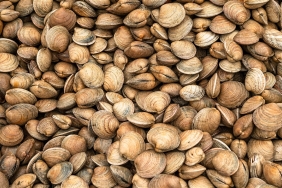BECOME A BENTHIC OBSERVER
By: Rusydi (Universitas Muhammadiyah Kupang, University Consortium for Sustainable Fisheries/UNICONSUFISH)
There are two research specialties in the #XPDCALORFLOTIM dive team: coral and fish observers. This is the composition of every research team. On this expedition, I served as a benthic or coral reef observer. In the dive team formation, I was in the back - observing the life forms of the coral reefs.
There is one thing that makes benthic observers quite sad. When fellow researchers, especially fish watchers, boast about the fish they've encountered on their dives. Showing off the underwater uniqueness of Alor and East Flores is a form of "healthy friendship" between teams, which becomes its own dynamic every day.
At that time, I usually remain silent. Because I only see and understand benthic rather than fish.
"We saw 2-4 black tip sharks in transect 1, 2."
"We also saw yellow fin tuna (Thunnus obesus) 1.5 meters long, saw hawksbill turtle (Recmochelis imbrichata), and napoleon (Cheilinus undulatus)."
Again at that time I just smiled, sometimes expressing to them, I was sad not to see anything there. Perhaps I was so preoccupied with data on coral life forms and genus that I didn't have time to lift my head to look left and right and/or up. Every now and then I'd say to the fish team, please tell me something else. Because, I was jealous of their amazing experience.
Sometimes, however, it is the fish watchers who have to be silent to hear my stories. For example, when in the waters of southern East Alor, I told them that corals of the genus Porites, Goniastrea Seriotopora, Platygyra, Symphyllia, Favites, Acropora, and Pectinia were experiencing bleaching, which could result in coral mortality.
Soft corals are also experiencing bleaching, seen in the south of Pura Island. While massive coral species of the genus Stylophora and Diploastrea were observed bleaching in the waters of Kangge Island and West Pantar Deer Island, the cause is not yet known.
I suspect that exposure to warm water from the Ombay Strait triggered bleaching coral reefs in these waters. The average substrate around bleaching corals is dominated by sandy substrates, broken corals, and dead corals. Sand has the potential to store heat from sunlight.
If the heat intake of seawater to the bottom of the substrate increases, some of the above types of hard corals including acropora may experience bleaching. Unlike seeing sharks, seeing bleaching corals, I think anyone will be sad.
In this expedition, the expression of kinship does not recognize whether you are a benthic or fish observer. We have the same rights and obligations here, inputting observation data. Professionally, we work according to WWF-Indonesia protocols as a methodological reference for #XPDCALORFLOTIM. The data we collect is a moral responsibility to provide valid data that will be useful for future management.
This expedition is a journey that reveals the role of humans as leaders on earth. We are the ones who are in charge of protecting, and are responsible for all forms of damage to natural resources on land and in the sea.

